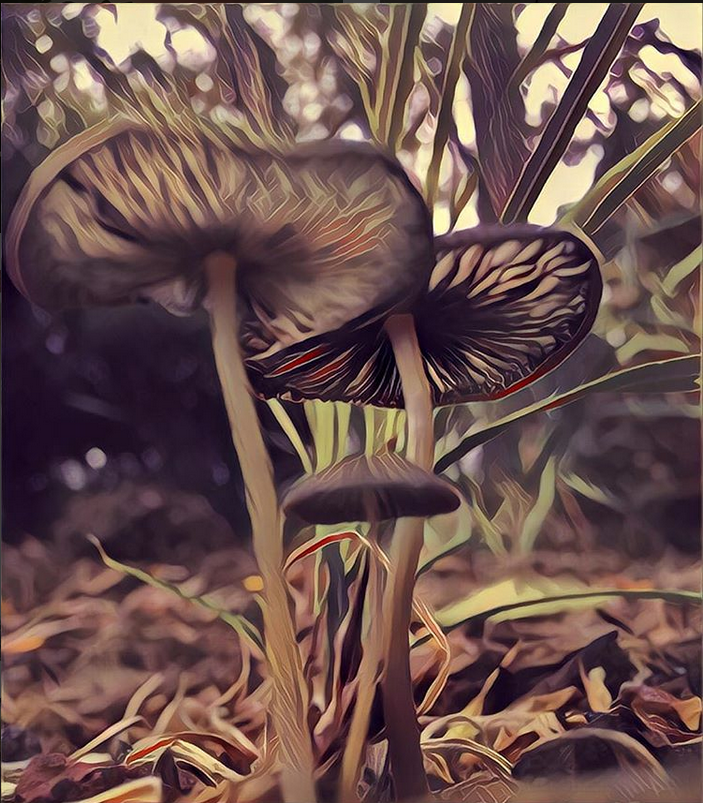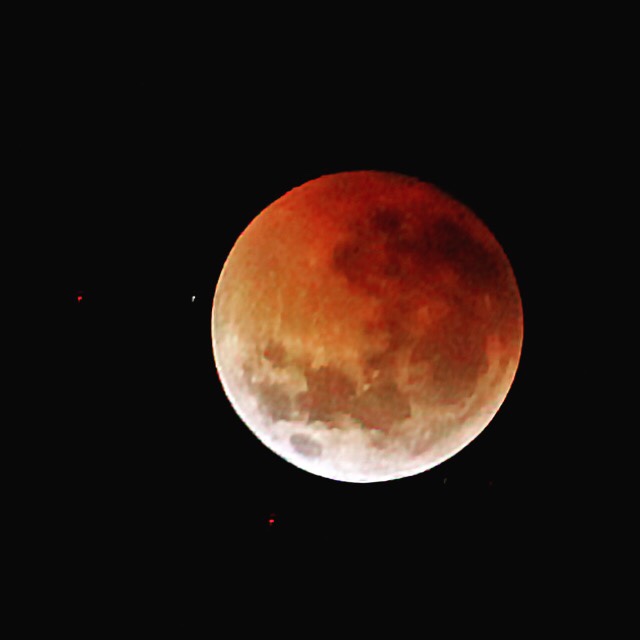“Only you know where you’ll be when it happens. Drifting through a Wednesday counting emails in the office, bent over kale at the allotment, gearing up for the school-run dash through the rain.”
Martin Shaw, Scatterlings: Getting Claimed in the Age of Amnesia
I return a lot to wilderness rite-of-passage guide and mythologist, Doctor Martin Shaw’s writings.
In this post, I’m describing the first time I felt what it was like to have the closest sense of what Shaw writes about when he describes a journey from dreaming to getting dreamt, which can happen as part of a wilderness vigil. When you know you will never have such a vigil, can your own stories conjur something close? Do yours?
It’s twilight and we grasp candles. I’m around nine years old, and I am wearing my ceremonial brown clothing for the last time. It is adorned with cloth badges. Each badge represents a skill I have mastered. The paddock behind the beige brick suburban hall is unremarkable. Half dead weedy grass crunches underfoot. A depressed looking singular tree stands sentinel.
In the corner sits a small crafted monument of a fly agaric mushroom. It has been painted roughly, and seems quite out of place. But it is twilight, and so, for a moment we look beyond.
The women and other girls my own age sing, while some of us, who are now the right age, are each lifted by our arms, by our leaders. We each for a brief moment soar over the mushroom, in the twilight. My heart flutters in the sensation as my feet leave the ground, held gently by the women. In that lightning moment of voices and flying, we are not children in a street where our neighbours grow drugs and fight each other in the street. We are lifted. Over.
Our rite of passage complete, the next time we meet, we will bear “robes” of blue. I am different.
This is the first time I remember understanding how enchantment and a bigger belief in yourself can be conjured by a simple ceremony. A rite-of-passage that feels connected to a myth, even though the myth and the symbol does not properly belong to the land here.
I was just a Brownie, graduating into being a Girl Guide, but in the twilight, flickering like candlelight, for a moment, I was a little more.









